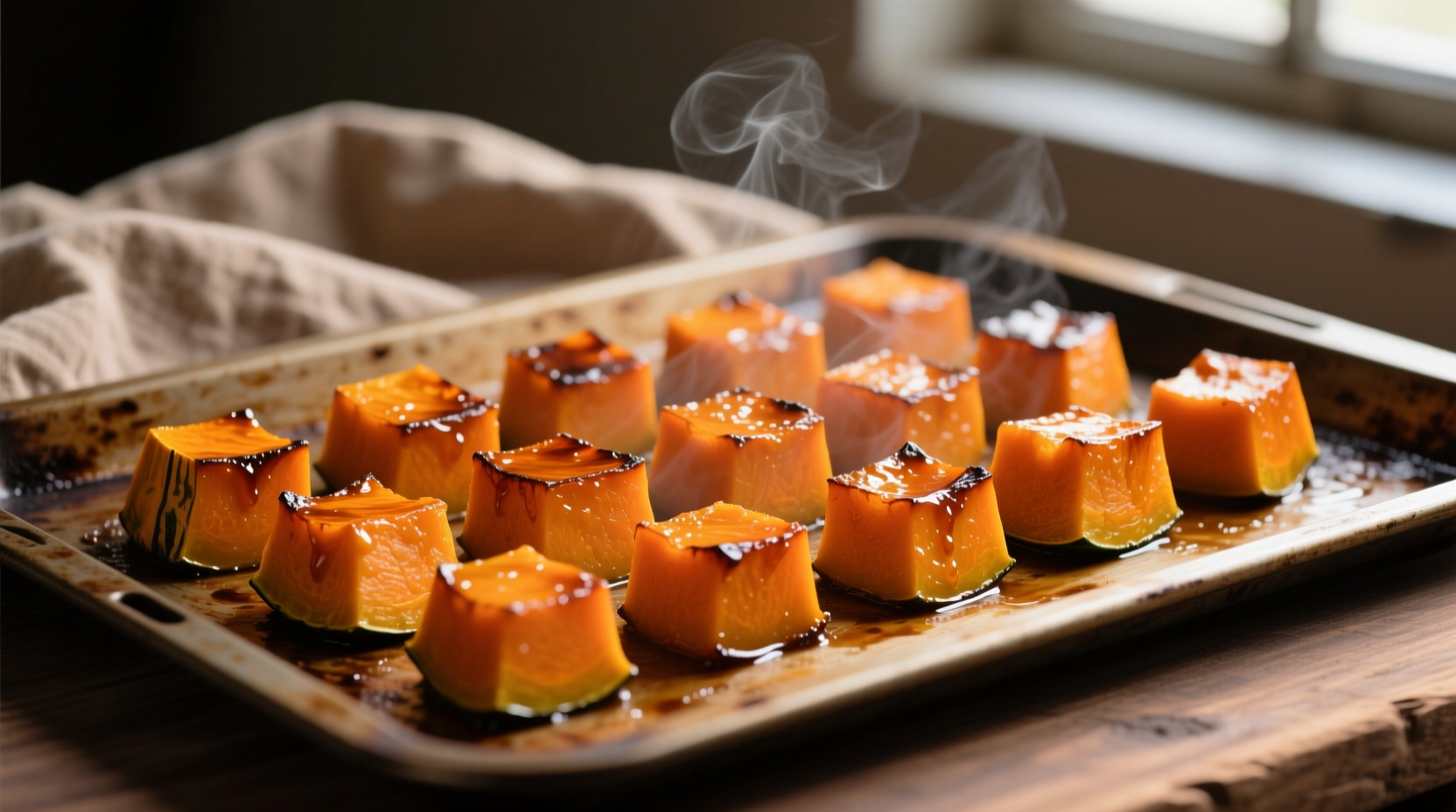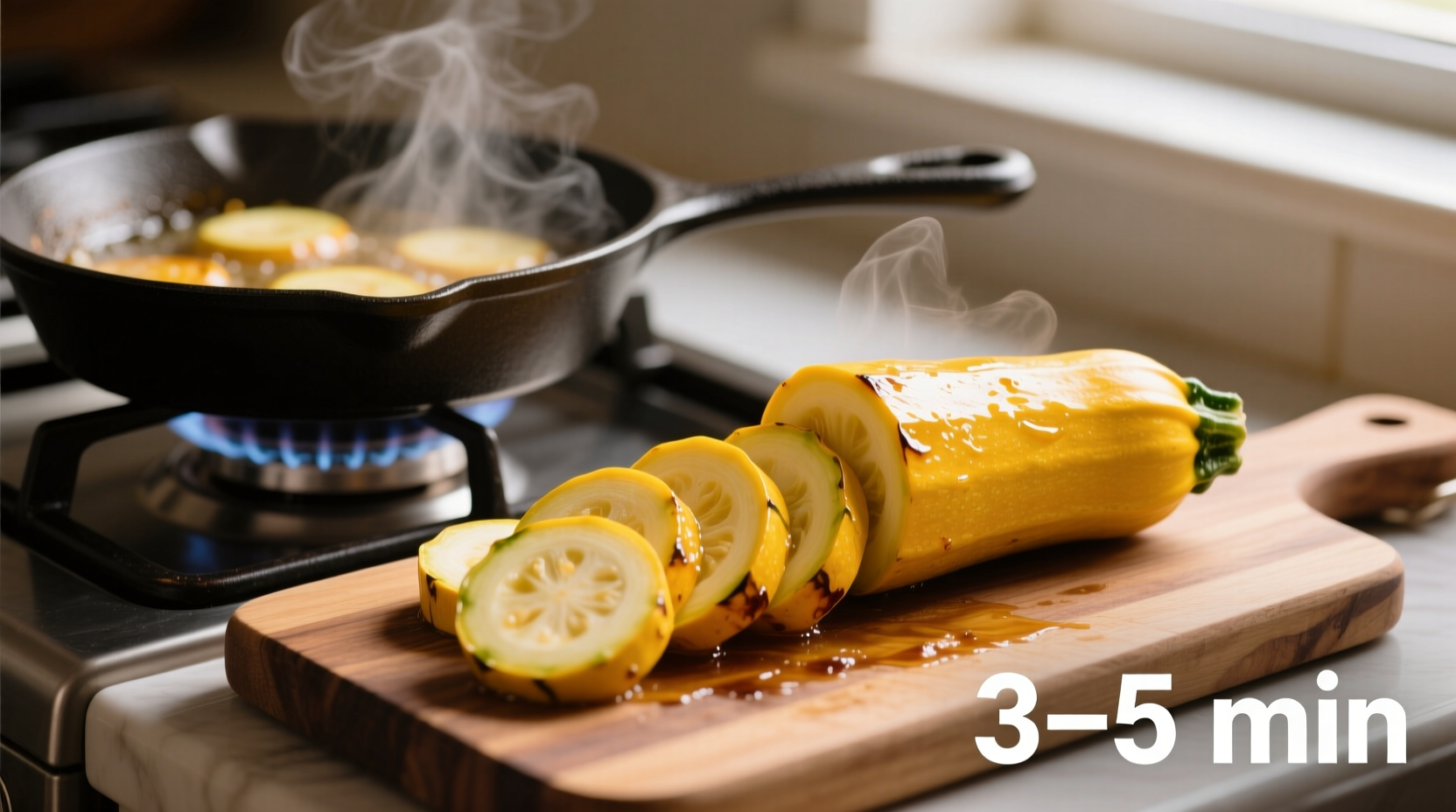Getting squash cooking times right transforms this humble vegetable from bland to brilliant. Whether you're preparing a quick weeknight side or planning a holiday centerpiece, understanding the precise timing for each squash variety prevents rubbery disappointment or mushy disaster. This guide delivers exact cooking specifications tested by culinary professionals, with visual doneness indicators that work whether you're roasting, steaming, or sautéing.
Why Squash Cooking Time Matters
Squash belongs to the Cucurbitaceae family, which includes cucumbers and melons, but its dense cellular structure requires specific heat application. Undercooked squash remains unpleasantly firm with raw, grassy flavors. Overcooked squash turns to mush as pectin breaks down completely. The sweet spot? When pectin softens just enough to yield to a fork while maintaining structural integrity – typically between 165-185°F (74-85°C) internal temperature.
| Squash Variety | Prep Method | Roasting Time (400°F) | Boiling Time | Steaming Time |
|---|---|---|---|---|
| Zucchini | Sliced 1/2" | 12-15 min | 5-7 min | 8-10 min |
| Yellow Squash | Sliced 1/2" | 15-18 min | 6-8 min | 10-12 min |
| Butternut | Cubed 1" | 25-30 min | 12-15 min | 18-22 min |
| Acorn | Halved | 35-45 min | 20-25 min | 25-30 min |
| Spaghetti | Halved | 30-35 min | 15-20 min | 20-25 min |
| Kabocha | Cubed 1" | 22-28 min | 10-14 min | 15-18 min |
| Pumpkin | Cubed 1" | 20-25 min | 12-16 min | 16-20 min |
Temperature Timeline: The Science of Squash Transformation
Understanding the thermal progression helps you recognize perfect doneness without timers. As squash heats, three critical phases occur:
- 140°F (60°C): Pectin begins breaking down, releasing water. Squash turns from opaque to slightly translucent at edges.
- 165°F (74°C): Optimal serving temperature. Cell walls soften but maintain structure. Natural sugars caramelize slightly, enhancing sweetness without browning.
- 185°F (85°C): Danger zone for texture. Pectin dissolves completely, causing mushiness. Reserve this temperature only for purees.
USDA Food Safety and Inspection Service confirms that vegetables like squash don't require specific internal temperatures for safety, but reaching 165°F ensures optimal texture development (USDA Food Safety Basics).
Context Boundaries: When to Adjust Standard Times
These variables significantly impact cooking duration:
- Size consistency: 1-inch cubes cook 30% faster than 2-inch pieces. Use a kitchen scale for uniform portions.
- Moisture content: Summer squashes (zucchini, yellow) contain 95% water versus winter squashes' 85-90%. Higher water content requires less cooking time.
- Altitude adjustments: Above 3,000 feet, increase roasting time by 5-8 minutes as water boils at lower temperatures.
- Oven calibration: Home ovens often vary by ±25°F. Verify with an oven thermometer for precision.

Visual Doneness Indicators: Beyond the Timer
Professional chefs rely on these visual cues rather than strict timing:
- Color shift: Raw butternut appears pale orange; cooked shows deep amber hue with caramelized edges.
- Texture test: A knife should slide through with slight resistance – not gliding effortlessly (overcooked) nor meeting significant resistance (undercooked).
- Shrinkage: Properly cooked squash reduces to about 75% of raw volume as water evaporates.
- Surface sheen: Finished squash develops a subtle glossy appearance from released natural sugars.
Common Timing Mistakes and Solutions
Avoid these frequent errors that compromise squash texture:
- Mistake: Adding salt before cooking
Solution: Salt draws out moisture, increasing cooking time. Season after cooking for best texture. - Mistake: Overcrowding the pan
Solution: Leave 1-inch space between pieces. Crowded squash steams instead of roasting, adding 8-12 minutes to cooking time. - Mistake: Ignoring carryover cooking
Solution: Remove squash from heat 2-3 minutes before target time. Residual heat continues cooking for several minutes.
Storage Guidelines for Cooked Squash
Properly stored cooked squash maintains quality for future meals:
- Cool completely within 2 hours of cooking (FDA Food Code recommendation)
- Store in airtight containers for 3-5 days in refrigerator
- Freeze for up to 12 months – spread on baking sheet first to prevent clumping
- Reheat roasted squash at 350°F for 8-10 minutes to restore texture
Perfect Squash Every Time: Pro Tips
Implement these professional techniques for consistent results:
- For even cooking, cut winter squash into uniform 1-inch cubes using a kitchen scale
- Add 1 tablespoon acid (lemon juice or vinegar) to boiling water to preserve vibrant color
- Roast summer squash at 425°F for better caramelization without overcooking
- Test one piece before finishing entire batch – cooking times vary within the same squash











 浙公网安备
33010002000092号
浙公网安备
33010002000092号 浙B2-20120091-4
浙B2-20120091-4